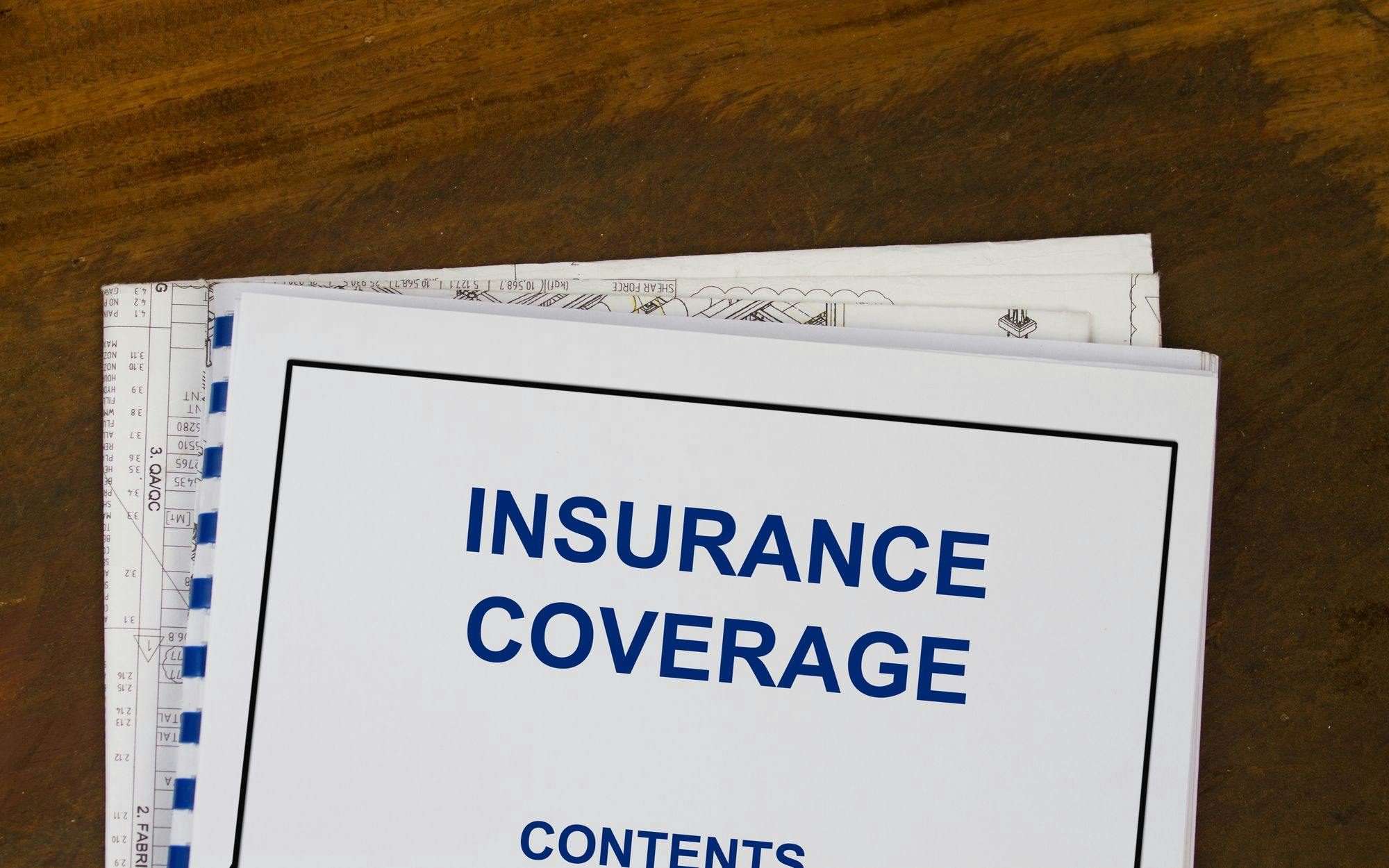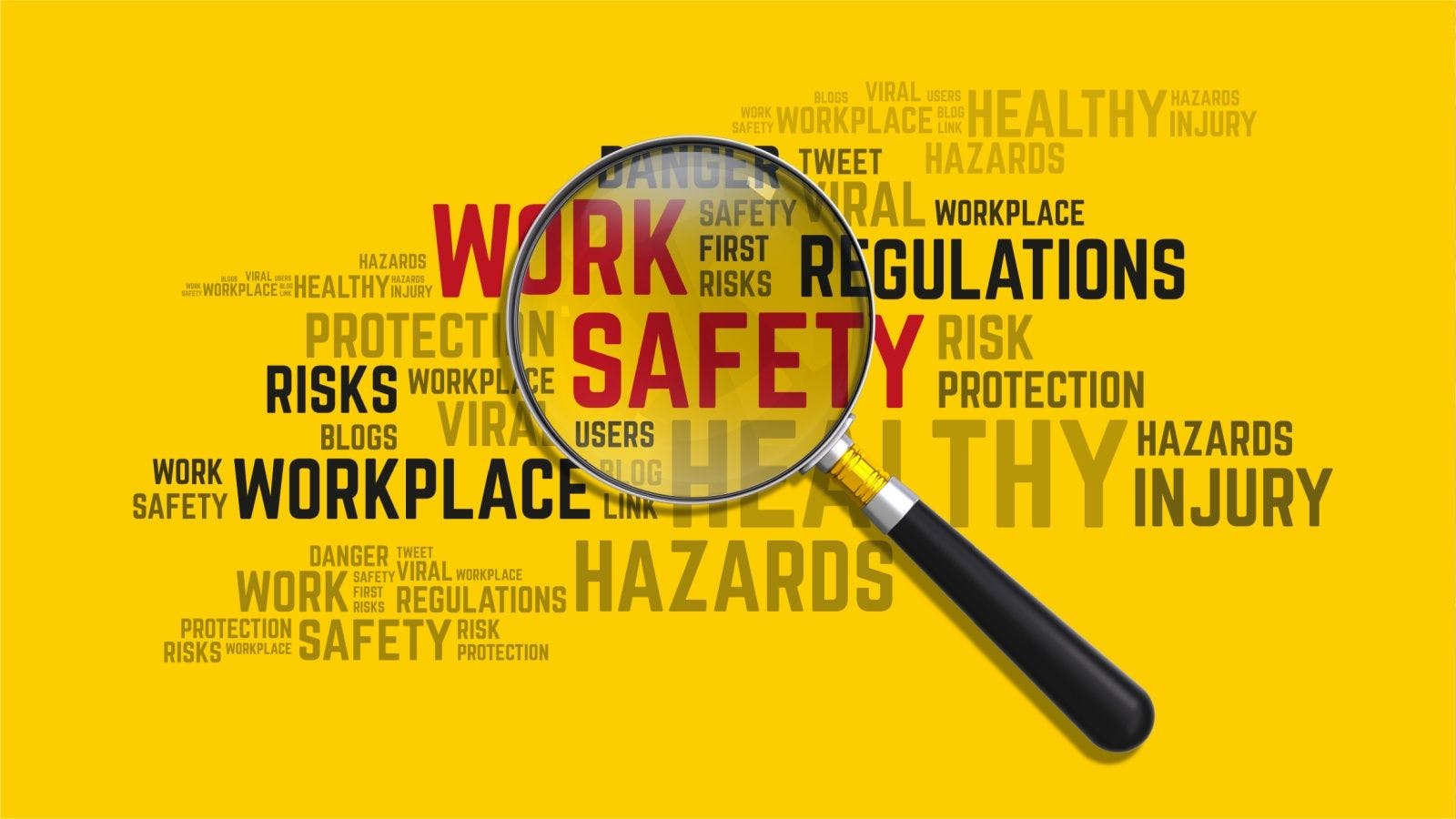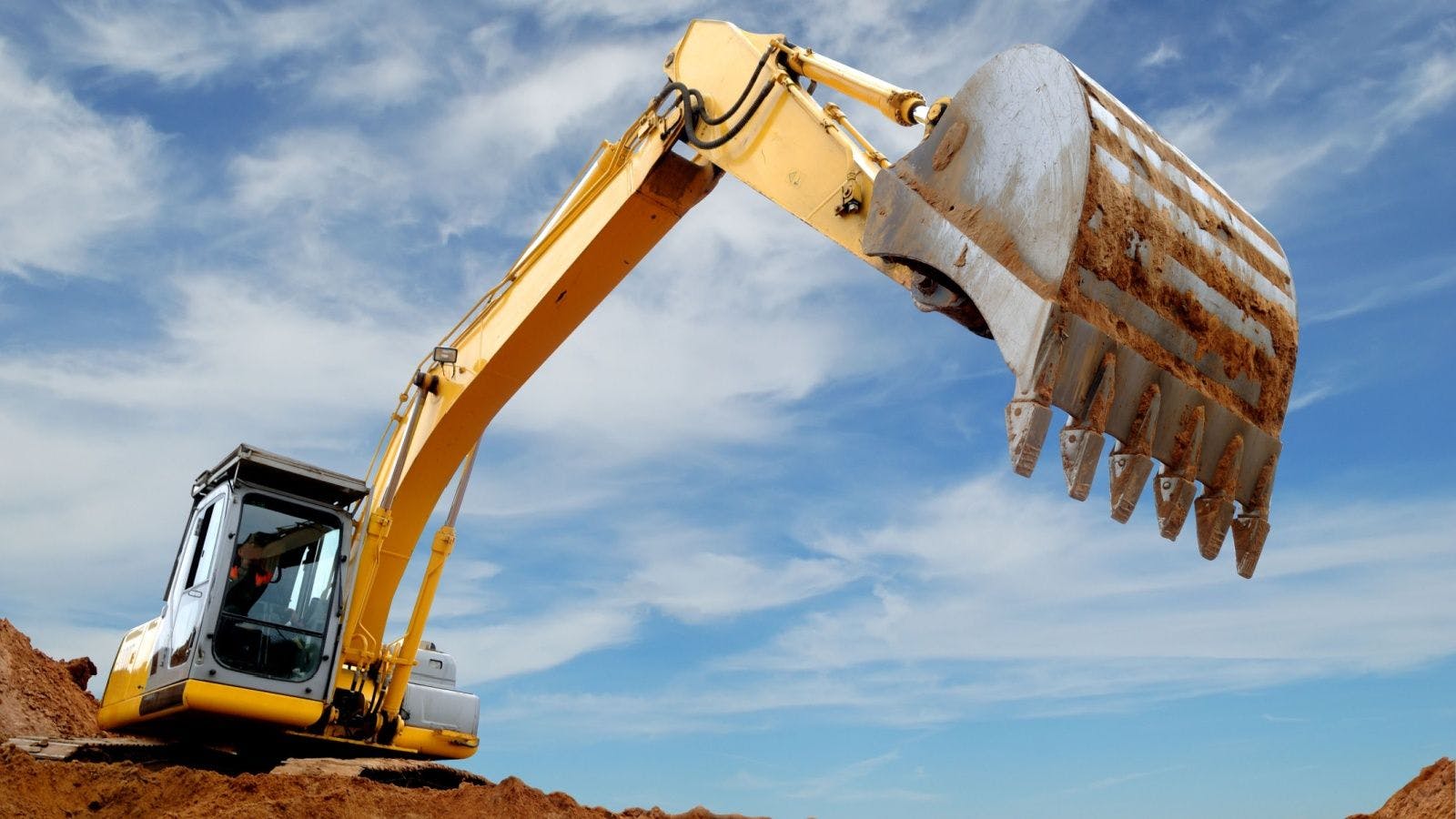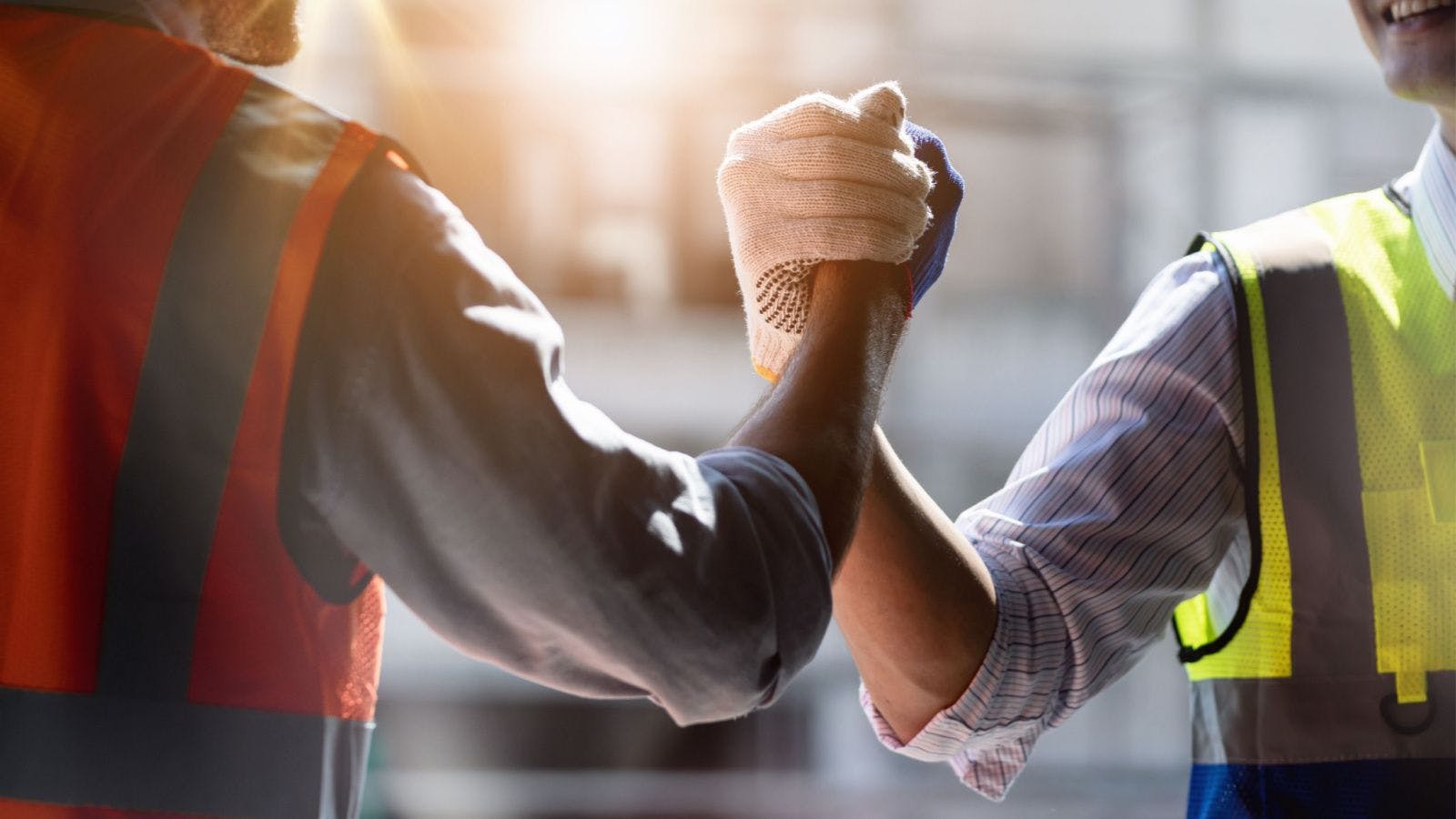
Achieve the Best Possible Coverage Rates and Terms With Comprehensive Risk Profiles
Too many firms grow for the sake of growth, only to suffer when the end product does not meet the client’s expectations. Managing growth with a balanced view of a firm’s own talent and core service structure helps a best-in-class contractor avoid professional liability claims. Historically, firms that do not focus on talent acquisition and management do not fare well through market cycles.
Beyond the shortage of talent, many contractors continue to take on projects outside their skill sets, as well as contractual undertakings that blur the lines between design and construction services in the ever-evolving construction marketplace. Once a niche model, design-build methodologies now represent 40% of the nonresidential construction marketplace and are likely to support more than $1 trillion in building projects between 2018 and 2021, according to the Design-Build Institute of America.
DBIA also estimates most design-build projects are completed 102% faster than with design-bid-build methodologies. That said, expedience has its downside. This is particularly true when constant design updates and alterations supersede the project’s overall integrity.
As a result, responsibility and risk have intertwined in this highly litigious marketplace to make contractor’s professional liability (CPrL) and protective errors and omissions (E&O) policy forms a necessity for overcoming industry challenges and transferring financial exposures to third-party carriers when things go wrong.
The Risk Management Plan
A risk management plan is an imperative for preventing loss and ensuring profitability.
Cross-functional teams should collaborate to establish goals and strategies that not only identify and anticipate potential risks, but also that mitigate the severity of challenges once they arise.
With the goal of protecting the assets and financial well-being of the company during times of crisis, these plans should provide recommendations for enhancing everything from business management and client satisfaction to staff training and development. Specific elements often include the:
- understanding of professional liability risks (standard of care), the contractor’s role and the allocation of risk between all of the project’s parties;
- thorough review and negotiation of all contract terms and conditions, including the clear definition of services and the criteria for providing additional services;
- communication, decision-making and documentation involved in each project;
- contingencies for dealing with challenges or changes that occur throughout the design and construction process;
- review of completed projects and lessons learned;
- assurance of the proper coverage levels and terminology for the services rendered; and
- methods for retaining and hiring talented industry professionals.
Developing Comprehensive Risk Profiles
While CPrL and E&O policies have become increasingly prevalent for managing risk, it’s important to realize that not all policy forms are written with similar terms and conditions. In addition, carriers have been known to favor certain industries over others, while including specific exclusions, enhancements or requirements into their policies depending on the company, project type, potential risk and even the application’s geographic location.
Subsequently, every contractor should work diligently with their brokers and underwriters to supply the corporate and project information needed to obtain the best possible policy terms in the marketplace. This process often starts with detailed answers to questions.
- Have your revenues fluctuated by more than 10% during the past five years?
- What percentage of your current client roster are repeat customers?
- What is your employee retention rate?
- Does your firm employ a full-time risk manager?
- How many professional liability claims has your company filed within the past five years?
- Has your firm built similar structures in the past? What were the challenges?
- Will the project employ any new innovative technologies?
- Is there a formalized process for dealing with change orders or communicating problems and issues?
Mitigating Risk
When choosing a CPrL or E&O policy, remember that policy forms differ—sometimes dramatically—from carrier to carrier. Questions to ask a broker/insurer include:
- Is the insurance provider financially sound?
- Do the individuals managing the program have a good reputation and history of servicing the business from both a claims and underwriting perspective?
- Does the insurance carrier specialize in providing CPrL or E&O to contactors? Or do they also insure other unrelated businesses?
- Does the insurance carrier have the capabilty of meeting the firm’s project specific needs?
Many of today’s project owners are demanding evidence of professional liability insurance from both design and construction teams. However, this doesn’t mean paying premium rates for comprehensive protection. The old adage of “an educated consumer makes the best customer” definitely rings true for CPrL and E&O insurance for construction firms.
Related stories








